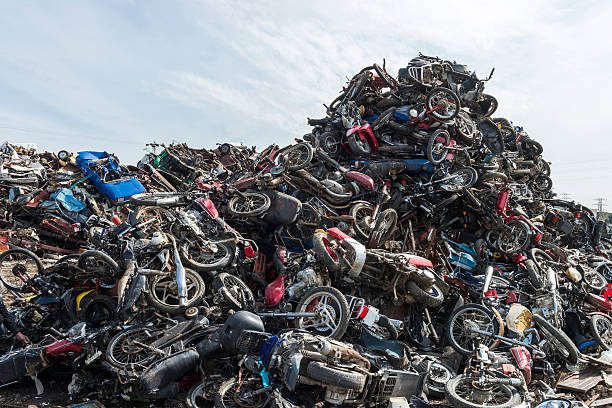Maximizing Your Vehicle’s Scrap Value: Tips and Insights
In the lifecycle of an automobile, there comes a time when it’s no longer practical or economical to keep it on the road. Whether due to age, irreparable damage, or simply evolving needs, retiring a vehicle becomes inevitable. However, even in its twilight years, your vehicle holds value, particularly in the form of scrap metal. Understanding how to maximize this scrap car value can help you make the most of your vehicle’s final chapter while also being environmentally conscious.
Understanding Scrap Value
Scrap value refers to the worth of a vehicle’s materials when it’s no longer fit for use. Typically, this includes metals such as steel, aluminum, and copper. The value is influenced by market demand, metal prices, and the condition of the vehicle. While it’s unlikely to fetch the same price as a functional car, optimizing the scrap value can still provide a financial return.
Factors Affecting Scrap Value
Metal Content: The primary determinant of scrap value is the amount and quality of metal in the vehicle. Older cars tend to have more steel, which is less valuable than aluminum or copper.
Vehicle Weight: Heavier vehicles generally contain more metal, thus commanding a higher scrap value. This is why trucks and SUVs often yield more than compact cars.
Condition: While scrap yards accept vehicles in various conditions, those with salvageable parts or intact bodies may fetch a higher price.
Market Conditions: Like any commodity, metal prices fluctuate based on supply and demand. Keeping an eye on market trends can help you decide the optimal time to sell your vehicle for scrap.
Tips for Maximizing Scrap Value
Research Local Scrap Yards: Not all scrap yards offer the same prices or services. Shop around and inquire about their rates, policies, and any additional fees.
Remove Non-Metal Components: Before sending your car off to the scrap yard, strip it of any non-metal parts. This includes plastic trim, rubber seals, and upholstery. While it may seem tedious, doing so can increase the overall value.
Drain Fluids: Ensure all fluids, such as oil, coolant, and gasoline, are drained from the vehicle before scrapping. Not only is this a safety precaution, but it also prevents contamination of the scrap metal.
Sell Parts Separately: If your vehicle has salvageable components, consider selling them individually before scrapping the rest. Parts in good condition, such as engines, transmissions, and electronics, can fetch a higher price than scrap metal alone.
Obtain Multiple Quotes: Don’t settle for the first offer you receive. Get quotes from several scrap yards to compare prices and negotiate the best deal.
Deliver the Vehicle: Some scrap yards offer pick-up services, but you may get a better deal if you deliver the vehicle yourself. Just be sure it’s roadworthy or arrange for towing if necessary.
Ensure Proper Documentation: Depending on your location, you may need to provide certain documents when scrapping a vehicle, such as the title, registration, or proof of ownership. Ensure you have everything in order to avoid delays or complications.
Environmental Benefits of Scrapping
Aside from the financial incentive, scrapping your vehicle responsibly also has environmental benefits. Recycling metal reduces the need for raw materials, conserves energy, and minimizes greenhouse gas emissions associated with mining and manufacturing. Additionally, properly disposing of hazardous fluids and materials prevents pollution of soil and water sources.
Conclusion
While saying goodbye to your trusty car may be bittersweet, knowing that it can still serve a purpose in its retirement can soften the blow. By understanding the factors that influence scrap value and implementing strategies to maximize it, you can extract the most value from your vehicle’s final journey. Moreover, by choosing reputable scrap yards and adhering to environmentally sound practices, you contribute to a more sustainable future for generations to come. So, when it’s time to bid farewell to your four-wheeled companion, do so with the satisfaction of knowing it’s leaving behind a legacy of resourcefulness and responsibility.
For More Articles Click

